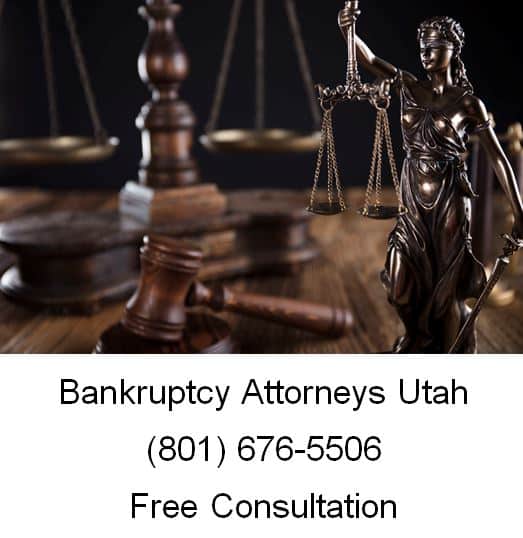
The Bankruptcy Code has a provision for lien stripping. Liens can be stripped off of the debtor’s assets in when there is not enough equity in the asset, after deducting senior liens from the property’s current market value, to secure the unsecured in whole or in part, where the lien exceeds the value of the debtor’s property.
What is Lien Stripping?
Lien stripping means reducing a secured claim to the value of the underlying collateral. The lien is bifurcated into secured and unsecured. The secured lien is allowed in the amount up to the fair market value of the property at the time of the stripping. The balance of the lien, which exceeds the fair market value of the property, is now deemed unsecured.
Lien Stripping in a Chapter 13 Bankruptcy
11 USC 1322 states that someone filing a Chapter 13 bankruptcy plan may modify the rights of holders of secured claims, other than a claim secured only by a security interest in real property that is the debtor’s principal residence, or of holders of unsecured claims, or leave unaffected the rights of holders of any class of claims. Although not expressly stated, this section has been interpreted by many judges to mean that a mortgage cannot be modified if it is secured by the debtor’s principal residence. But it can be used for second mortgages and where the mortgage is secured by investment property. The bankruptcy court splits the outstanding mortgage balance into two parts. The amount of debt equal to the current appraised value of the security is treated as a secured claim, which the debtor must continue to pay. The amount of debt in excess of the current property’s value becomes an unsecured claim, which is usually not repaid in full.
Lien Stripping in a Chapter 7
Although a few bankruptcy courts have allowed debtors under Chapter 7 to strip liens, in general, this lien stripping tool can only be used by debtors under Chapter 13.
When you file for bankruptcy, you must submit Form Schedule C with your application. Form Schedule C is the form that lists the properties you claim as exempt. You have to describe the property, explain what law it falls under and the value of the property you are claiming for exemption.
State & Federal Exemptions
There are state and federal exemptions. In most states, you have to use the state exemptions but some states allow you to select either the federal or the state exemption. If you have a choice, consider the value of the property that you most want to keep and then determine which exemptions will allow you to keep it or at least get the greatest value for it. If you are using state exemptions, you can also use the federal non-bankruptcy exemptions.
Claiming an exemption
On the top of Form Schedule C, there are two boxes labeled “522(b)(1)” and “522(b)(2)”. Select the box labeled “533(b)(1)” if you are choosing federal exemptions. The box labeled “522(b)(2) must be selected if you are choosing state exemptions.
You must provide a description of the property you are claim as exempt in the first column. If you are claiming an exemption for an entire category of personal property such as clothing, you must enter clothing. There is no need to specify each and every item of clothing. The description should be the same as the description you provide on Schedule A or B. For each item of property you are claiming as exempt, enter the citation (number) of the specific law that creates the exemption, as set out on the exemption list. You must enter the citation in the second column. Some states have a “wildcard” exemption that can be used for any property as a supplement. Remember to use its law number and if you are combining part or all of a wildcard exemption with a regular exemption, list both citations. In the third column, insert the full exemption amount allowed, up to the value of the property. In the fourth column, enter the current value of the property without deducting the exemptions.
Exemptions in Utah
– Real property, mobile home, or water rights to $20,000 if primary residence; $5,000 if not primary residence (joint owners may double)
Minimum 75% of disposable weekly earnings or 30 times the federal hourly minimum wage, whichever is more; bankruptcy judge may authorize more for low-income debtors
– Motor vehicle to $2,500
– Animals, books, & musical instruments to $500
– Artwork depicting, or done by, a family member
– Bed, bedding, carpets
– Clothing (cannot claim furs or jewelry)
– Dining & kitchen tables & chairs to $500
– Food to last 12 months
– Health aids
– Heirlooms to $500
– Refrigerator, freezer, microwave, stove, sewing machine, washer & dryer, Sofas, chairs, & related furnishings to $500
If you have been contacted by a creditor or debt collector regarding a debt and you’re thinking about bankruptcy, you should consult an experienced bankruptcy attorney to know your rights and to enforce your rights.
Bankruptcy Attorney Free Consultation
When you need legal help with a bankruptcy, please call Ascent Law now at (801) 676-5506 for your free consultation. We want to help you.
8833 S. Redwood Road, Suite C
West Jordan, Utah
84088 United States
Telephone: (801) 676-5506
Recent Posts

